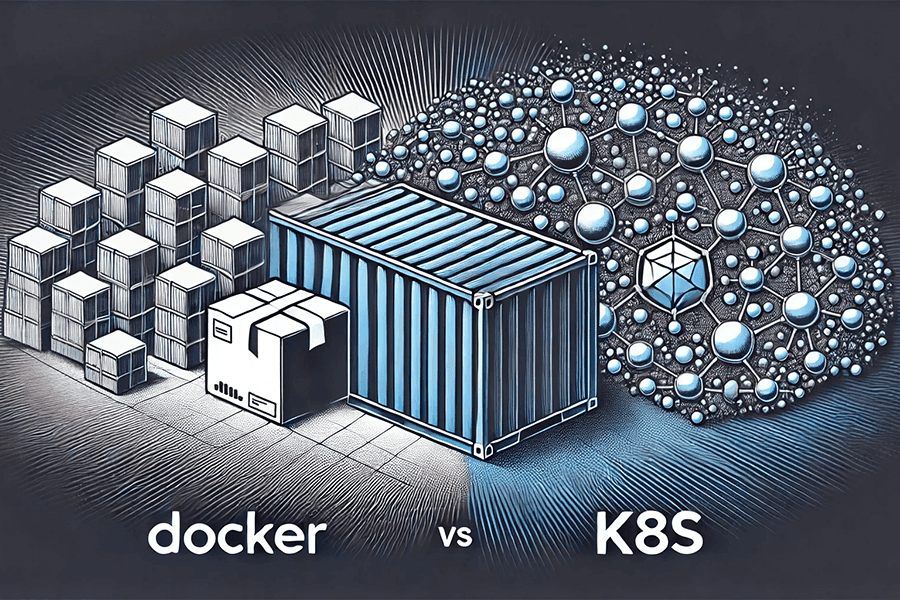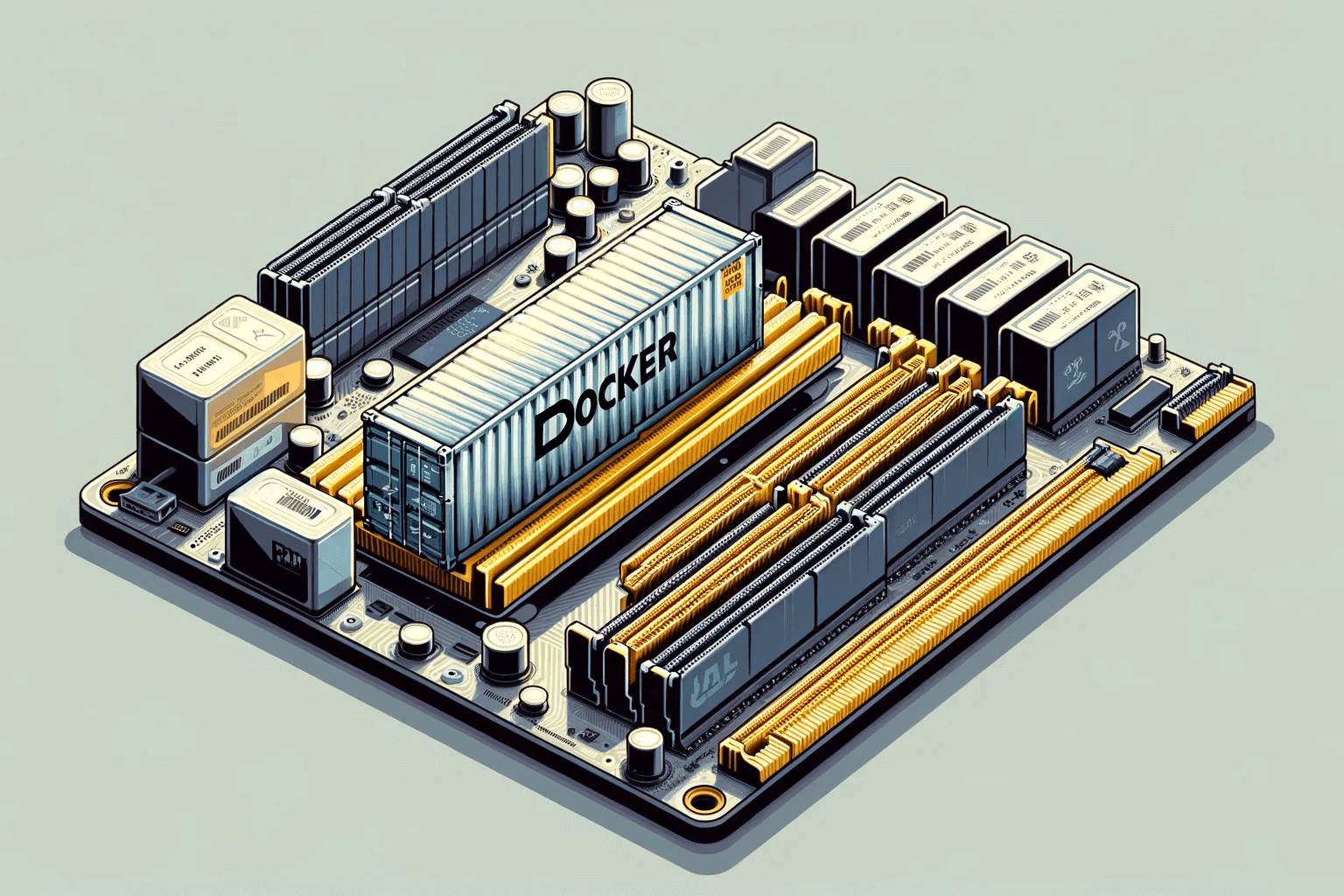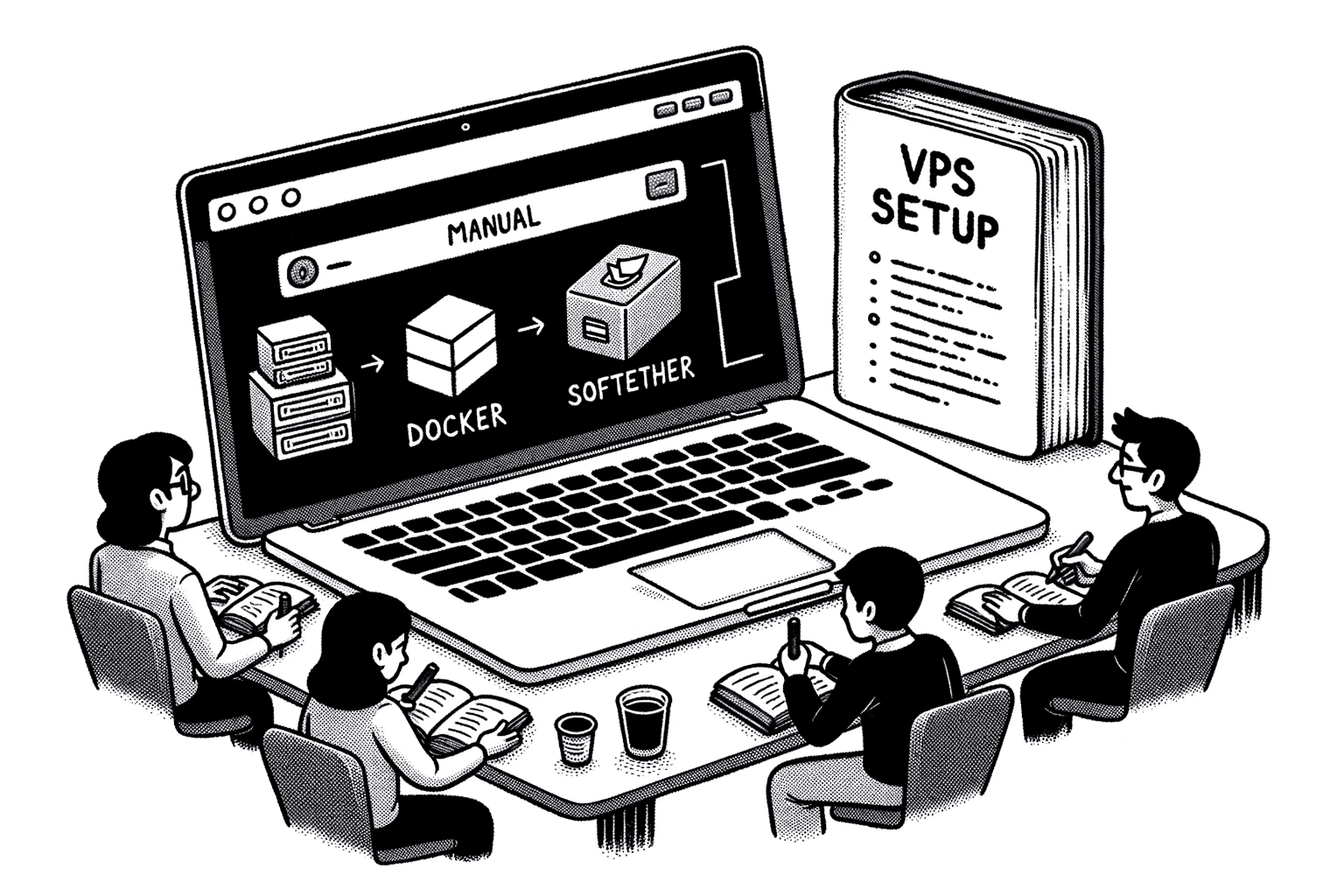In today’s DevOps world, Docker and Kubernetes are the cornerstones of modern software development. Docker brought containerization to the forefront, making it easier to build, ship, and run applications in consistent environments. It’s simple, fast, and perfect for developers working on smaller projects or in development stages.
Kubernetes, on the other hand, is the go-to for managing and scaling those containers across multiple machines. It’s powerful, automated, and built for handling complex, large-scale applications in production.
Choosing between Docker and Kubernetes can be tricky. This article breaks down what each tool does best and helps you figure out which one suits your needs, whether you’re a developer or managing a massive production environment.






